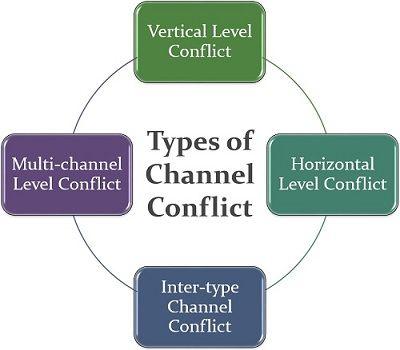In the competitive world of logistics, transport, and shipping, channel conflict can arise unexpectedly, creating roadblocks and challenges for businesses striving to deliver goods efficiently and effectively. From conflicting priorities to strained relationships, navigating through channel conflict requires finesse and strategic planning. Join us as we delve into this complex landscape and uncover how businesses can overcome obstacles to ensure smooth operations in the fast-paced world of logistics and transportation.
Understanding Channel Conflict in Logistics
Channel conflict in logistics can arise when multiple parties, such as manufacturers, wholesalers, retailers, and consumers, are involved in the distribution process. This conflict occurs when there is disagreement or tension between these different channels regarding various aspects of the supply chain, such as pricing, product availability, or distribution methods.
Understanding and managing channel conflict in logistics is crucial for maintaining smooth operations and ensuring customer satisfaction. By identifying the root causes of conflict and implementing effective communication and collaboration strategies, companies can minimize disruptions and improve overall efficiency in the transportation and shipping process. Collaboration between all stakeholders is key to resolving conflicts and creating a seamless logistics experience for all parties involved.

Recommendations for Managing Channel Conflict in Transportation
When it comes to managing channel conflict in transportation, there are several key recommendations that can help mitigate disputes and improve overall efficiency in the supply chain. One important strategy is to establish clear communication channels between all parties involved, including suppliers, distributors, and carriers. By fostering open lines of communication, issues can be addressed proactively and solutions can be found more efficiently.
Another recommendation is to create mutually beneficial agreements with partners to incentivize collaboration and reduce the likelihood of conflict. This could involve establishing performance metrics, implementing revenue-sharing models, or offering exclusive territories to different partners. By aligning incentives and goals, all parties are more likely to work together towards a common objective, resulting in a more harmonious channel relationship.

Shipping Strategies to Minimize Channel Conflict
When it comes to , it’s important to consider the various factors at play. One key strategy is to establish clear communication channels between all parties involved in the shipping process. By ensuring that everyone is on the same page, you can help avoid misunderstandings that could lead to conflict down the line.
Another effective strategy is to diversify your shipping options. By working with multiple carriers, you can reduce the risk of bottlenecks or delays in the shipping process. This not only helps minimize channel conflict but also ensures that your products are delivered in a timely manner. Additionally, offering multiple shipping options to your customers can help enhance their overall experience with your brand.

Collaborative Approaches to Address Channel Conflict in the Shipping Industry
In the fast-paced world of logistics, transport, and shipping, channel conflict can arise when multiple partners are involved in the distribution of goods. This can lead to confusion, inefficiencies, and ultimately impact the overall customer experience. To address these challenges, collaborative approaches are essential to ensure smooth operations and effective coordination.
By fostering strong relationships and open communication among all stakeholders, including manufacturers, distributors, retailers, and logistics providers, a collaborative approach can help to align goals, streamline processes, and mitigate conflicts. Embracing technology and data-driven solutions can also play a crucial role in optimizing supply chain operations and enhancing transparency. Through shared resources, expertise, and a mutual commitment to success, channel conflict can be effectively managed to drive growth and innovation in the shipping industry.
In Summary
In conclusion, managing channel conflict in logistics, transport, and shipping is essential for maintaining smooth operations and strong partnerships within the industry. By addressing issues promptly, communicating effectively, and implementing strategic solutions, companies can navigate the complex landscape of channel conflict and emerge stronger and more resilient. Remember, collaboration and transparency are key to overcoming challenges and ensuring success in this ever-changing environment. Stay proactive, stay connected, and stay ahead of the competition. Thank you for reading!
